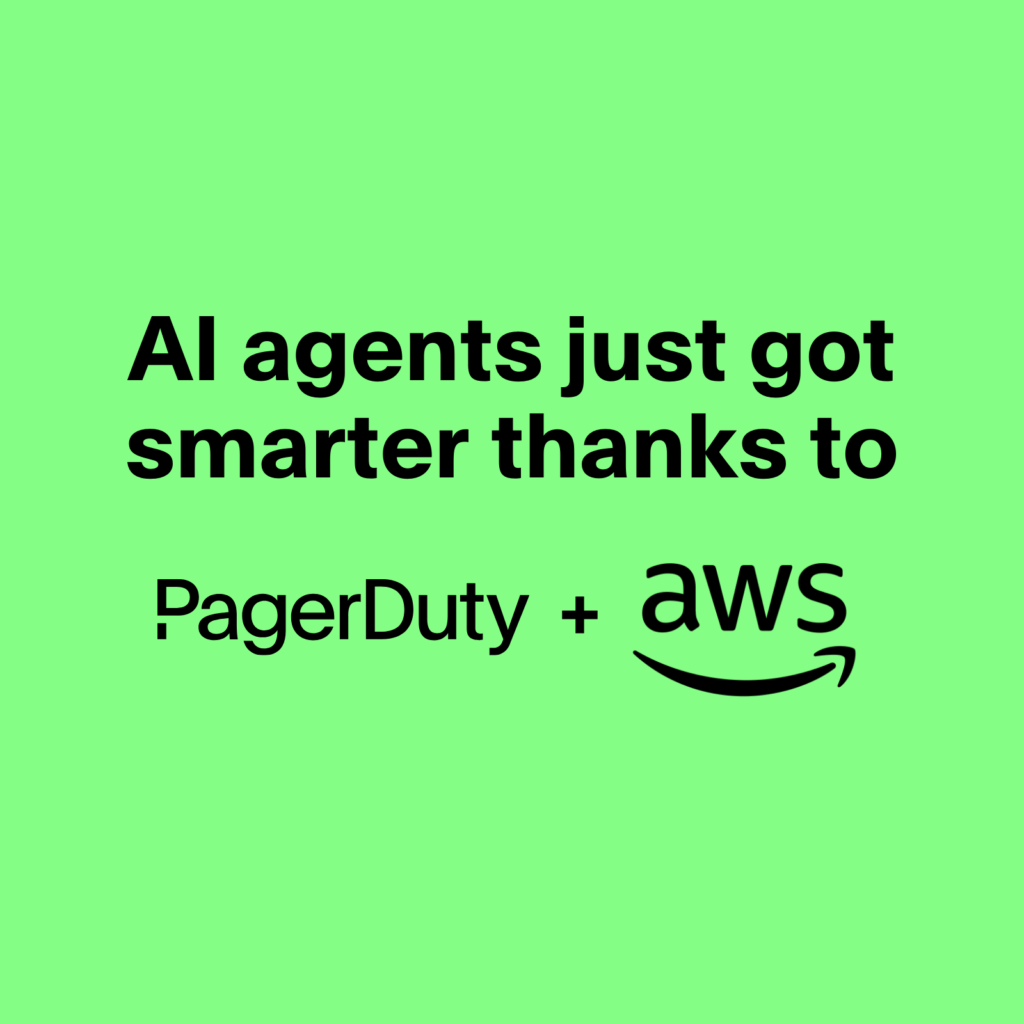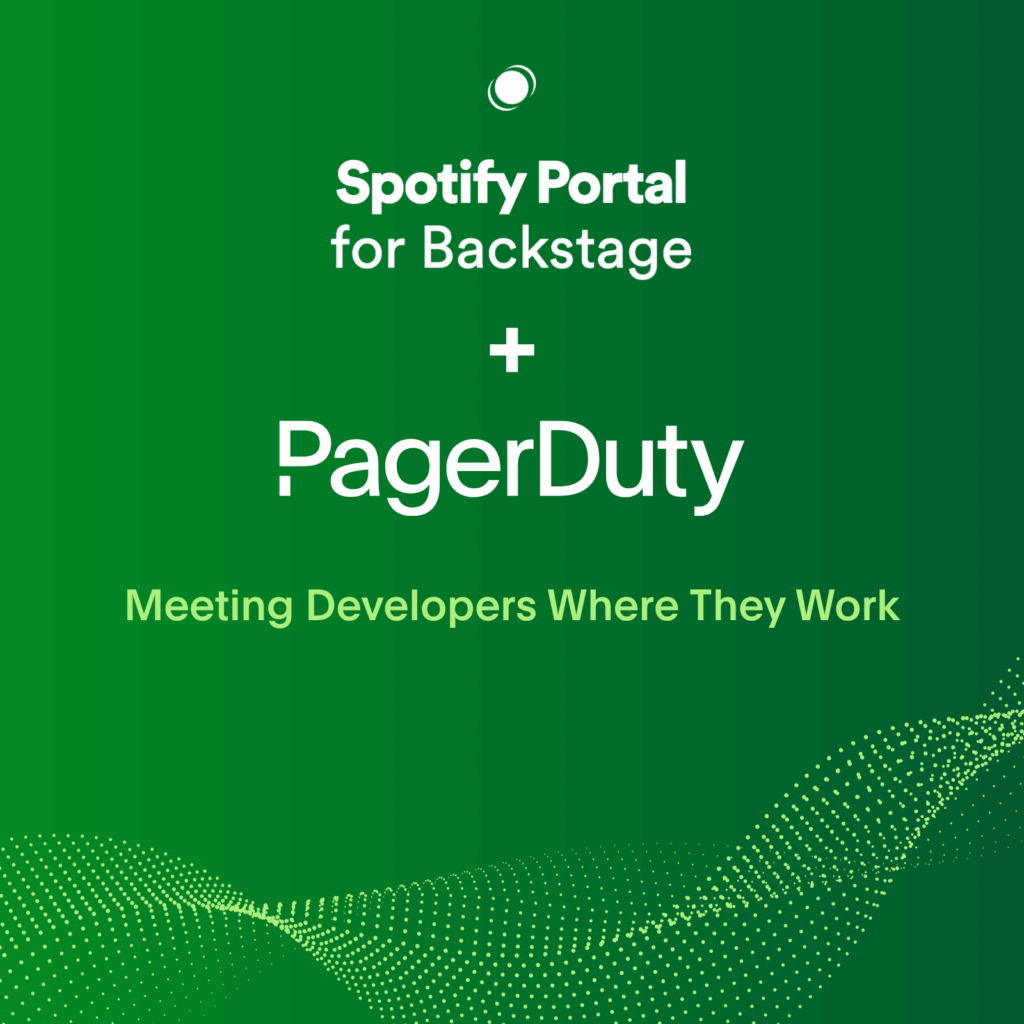- PagerDuty /
- Blog /
- Announcements /
- It's Schedulin' Time!
Blog
It's Schedulin' Time!

The new on-call scheduling tool is here. We migrated all accounts to it prior to the holiday break. Some of you have played with it. Some of you love it. Some of you don’t love it as much, but still like it a lot. I’m happy with both of those result types.
At a high level, the new PagerDuty on-call scheduler is a toolkit that allows you to create pretty much any (recurring) on-call rotation you want. Say you’re the owner of a web-based startup and you want to be on-call all the time to get notified when your site goes down. You can do that. (You could do it before, but you know… I’m being explicit.) Say you want to create a DB Secondary Rotation where you have in-house DBAs on-call weekly from 8:00am to 8:00pm, and then a daily rotating night support staff in an entirely different continent on-call overnight. You can do that. (We call that a “Follow the Sun” schedule.) Say you want to create a Frontend Dev Primary Rotation that has three developers who rotate daily, but not on weekends. You can do that. (We don’t recommend having a dead-zone where nobody is on-call, but it is technically possible.) Say you want to put your Grandma on-call for 30 minutes once a week at 7:30am on Wednesday. You can do that. (Though I don’t know why you would.)

How do you achieve all these wacky calendars designed to torture your loved ones at random intervals? Think Photoshop. Think digital image layers. What you do is basically superimpose different rotations on top of each other, leaving gaps in the higher priority layers to allow lower priority ones to “show through.” The layer gaps are like the transparent parts of an image layer that allow you to compose something more interesting.
So that’s all well and good, and actually the important part. What is less important, but more exciting to me (because I’m a dork) is all the behind the scenes magic and the actual design and usability that plays out on the front stage. I’m not going to go into that so much though. I encourage you to play with the new tool and see how it feels. Do you like the feel of smooth responsive Javascript under your mouse clicks? How do you like the non-blocking page loads and the on-the-fly calendar previewing which responds to all of your actions? These are the sorts of things we are going to push for more and more as we continue to develop the PagerDuty product.
With this project (and another one which will be announced very soon), we are starting a rollout of a site restyling and modernization of our app stack. For those of you who are up to date on your design blogs, yes, Twitter’s Bootstrap Framework does lay some basic foundation for our new layout and basic page elements. We feel that it’s best to stick with well known visual paradigms so you can intuitively jump into our (somewhat complicated) application quickly, get productive, and get your systems monitored properly without breaking too much of a sweat.
I better cut this off now as it’s getting long-winded. But, rest assured, this is just the start of even more greatness. We have been getting some great feedback during our Beta period for this feature, and we listen to your suggestions very intently. There is plenty more where this came from!
Oh, and we’ve also added iCal and Webcal integration for the calendar; stay tuned for another blog post with the full details.


